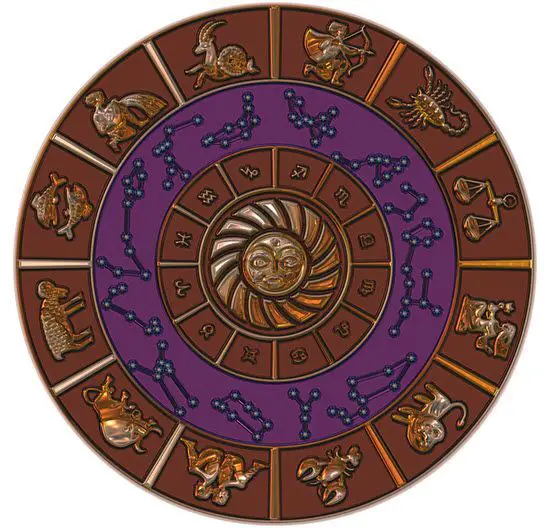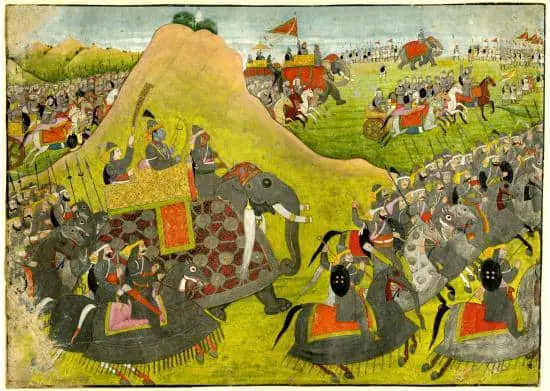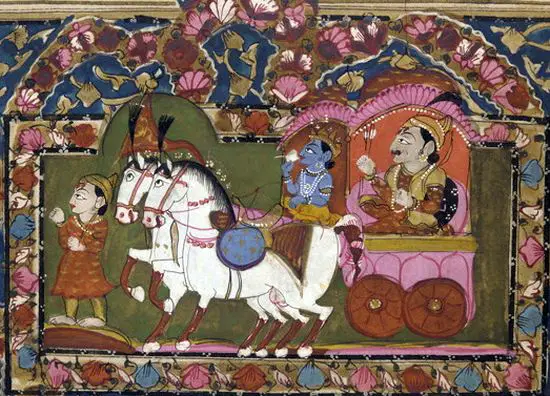There is much debate over the age long question – When did Sanatan Dharma Begin?
As a matter of fact, most of the intellectuals and religious preachers often use the terms Sanatan Dharma and Hinduism interchangeably. In fact, Sanatan Dharma is the original name of the popularly coined term Hinduism.
Moreover, Hinduism is said to be a recent development and was popularized by the Western scholars. Hinduism is associated with the Hindu Religion.
On the other hand, Sanatan Dharma is an eternal order, a code of ethics, a way of living which helps humans to attain the ultimate goal of life that is enlightenment, liberation, or “Moksha.”
Sanatan Dharm is much more than just a religion which provides its followers a coherent and rational view of reality. It is the ancient most culture which presently holds the status of being the socio, religious, and spiritual tradition of more than a billion of earth’s inhabitants.
Today, we look at one of the most important questions related to Sanatan Dharma that is when did Sanatan Dharma begin?
However, before we take up the question, let us look more deeply into the Sanatan Dharma ideology so as to clear the doubts that may be holding on to the minds of many of you.
Definition – What is Sanatan Dharma
The very core of Sanatan Dharma is devoid of sectarian leanings or ideological divisions. In fact, the term “Sanatan Dharma” is derived from the Sanskrit language.
The word “Sanatan” means which is eternal and everlasting. It is “Anadi” – beginningless and “Anantha” – endless. So, Sanatan refers to Eternal, Perennial, Universal, Unceasing, Never Beginning nor Ending, and Abiding.
While “Dharma” means that which holds together and sustains – the Natural Law. It is the eternal principles which are inherent in the very nature of Universe. It can be understood as Harmony, Teachings, Religion, Wisdom, The Way, Tradition, Law of Being, and Duty.
So, the term Sanatan Dharma means “the natural, ancient, and eternal way.”
As pointed out, Sanatan Dharma is much more than just a religion. It is a code of conduct and a value system with spiritual freedom at its core. It is without beginning and without a human founder. It lays down the principles of the eternal quest for truth.
The earliest glimpses of Sanatan Dharma can be found in the Rig Veda which saw nature as being part of the same cosmic equation which is ruled by the higher consciousness. Sanatan Dharma has no historical beginning, nor does it have a historical founder.
Some Key Aspects of Sanatan Dharma for you:
- The process of individual growth.
- It is without any historical date of founding.
- It is God-centered rather than being prophet-centered.
- Experience based rather than belief based.
- Both immanent and transcendent.
- Inherent in, and inclusive of all.
- Loving of all and excluding of none.
- The whole and the parts.
So, Sanatan Dharma can be understood as the set of spiritual laws which existed before they were discovered by the ancient sages of the Vedic period.
It gives reverence to individual spiritual experience over any formal religious doctrine. It is the Universal Truth which manifests itself in the form of religion, art, or science.
When did Sanatan Dharma Begin?
Sanatan Dharma is eternal (beyond the time). It is the Universal Truth which sustains the very core of Universe and its beings. However, if we consider the Vedic principles, the age of Sanatan Dharma can be deduced.
According to Vedic Mathematics, the age of Sanatan Dharma is estimated to be 155.52 Trillion Years.
Let’s see how we have come to this conclusion.
If we consider the Vedic Scriptures, it is considered that 50 years of Brahma have elapsed.
We are currently on the first day of the 51st year.
Within this day, six Manvantaras have already passed. We are living in the seventh Manvantara, named as Vaivasvatha Manvantara.
In this Manvantara, 27 Mahayugas, the Krita, Treta, and Dwapara Yugas of the 28th Mahayugas have elapsed.
This Kaliyuga is in the 28th Mahayuga.
The Kaliyuga started in the year 3102 BCE in the proleptic Julian calendar.
So, if we take the current Brahma, the time elapsed can be calculated as shown below:
432000 × 10 × 1000 × 2 = 8.64 billion years (2 Kalpa (day and night))
8.64 × 10^9× 30 × 12 = 3.1104 Trillion Years (1 year of Brahma)
3.1104 × 10^12× 50 = 155.52 Trillion Years (50 years of Brahma)
(6 × 71 × 4320000) + 7 × 1.728 × 10^6 = 1852416000 years elapsed in first six Manvantaras
27 × 4320000 = 116640000 years elapsed in first 27 Mahayugas of the current Manvantara
1.728 × 10^6 + 1.296 × 10^6 + 864000 = 3888000 years elapsed in current Mahayuga
3102 + 2016 = 5118 years elapsed in current Kaliyuga.
So the total time elapsed since current Brahma is
155520000000000 + 1852416000 + 116640000 + 3888000 + 5115 = 155,521,972,949,117 years as of 2016 AD.
It should be noted that the age of Sanatan Dharma has been calculated with reference to the current Brahma. We are presently in the 51st year of the present Brahma.
As the Sanatan Dharma is eternal and without any beginning, it only shows the age with the point of considering the present Brahma.
The age of Sanatan Dharma as shown in the above calculation goes on to show the eternal and “Anadi” nature of it. In fact, Sanatan Dharma is the Universal Law that exists irrespective of the creation or destruction of the Universe. It is much more than Hindu Religion. It is eternal and everlasting Universal Truth.





